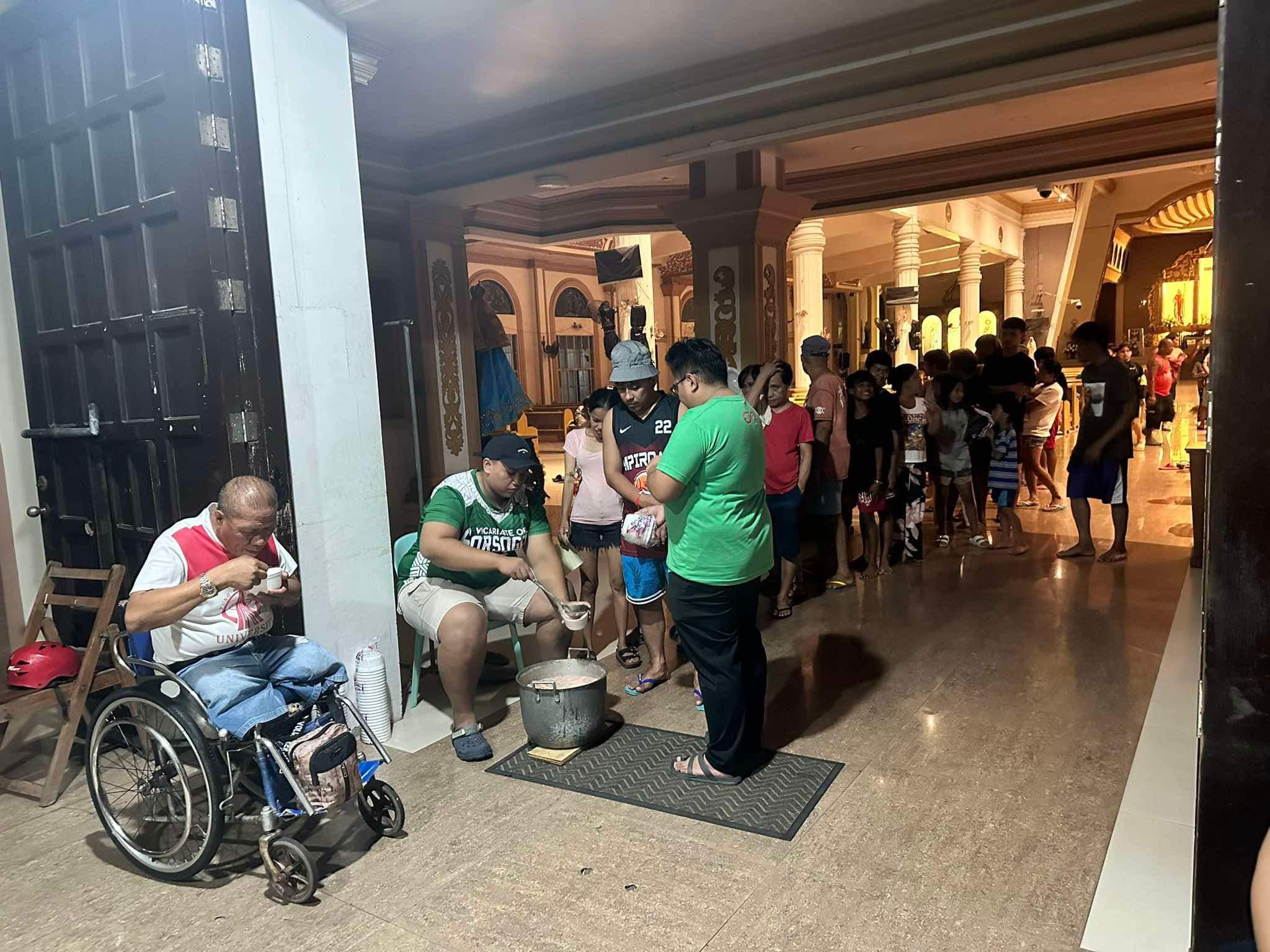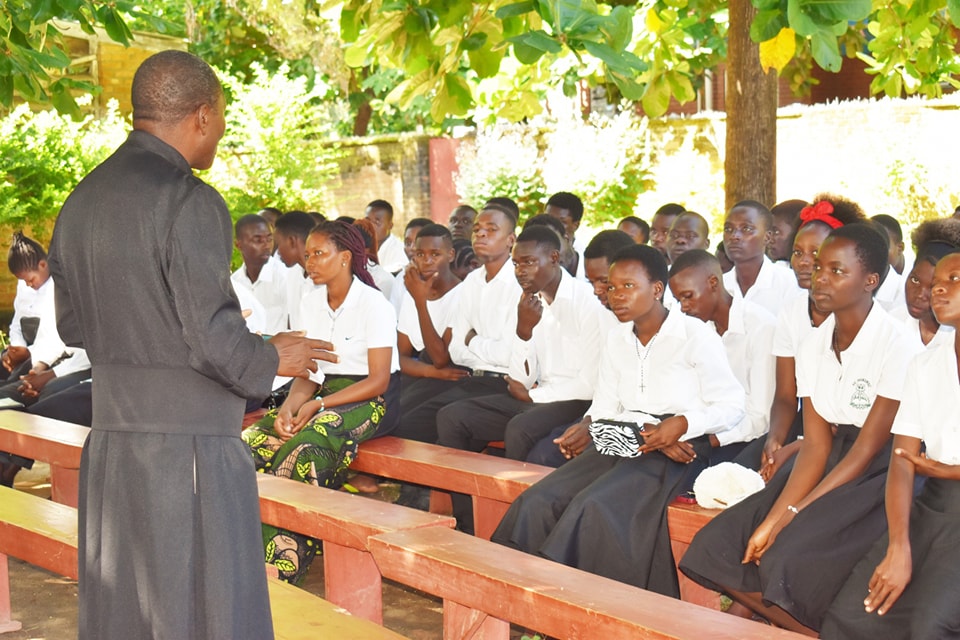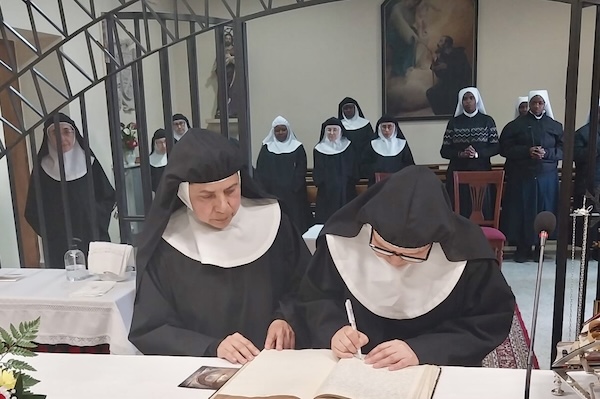José Maria C.S. André
In 1830 (almost 200 years ago), November 27th was a Saturday. At 5:30 p.m, Sister Catherine Labouré of the Daughters of Charity, a society founded by St. Vincent de Paul and St. Louise de Marillac, was praying in front of the painting of St. Joseph in the chapel of the rue du Bac, the motherhouse of the Daughters of Charity in Paris. Suddenly, she saw Our Lady on a hemisphere, stepping on a serpent, holding a globe topped by a cross in her hands. Catherine hears: “This globe represents the whole world, France and each person in particular”. In a second image, she sees Our Lady opening her hands with glowing rays: “These rays symbolize the graces that no one asks for”. An oval forms around the apparition with the inscription in gold letters: “O Mary conceived without sin, pray for us who have recourse to you” (“Ô Marie conçue sans péché, priez pour nous qui avons recours à vous”). Catherine then heard a voice:
“Produce a medal with this image. Whoever wears it with confidence will receive great graces.”
The image rotates and, on the reverse side, a cross appears above Mary’s initial and, below, two hearts, one crowned with thorns and the other pierced by a sword.
After a few days, Our Lady appeared again and asked her to have the medal minted.
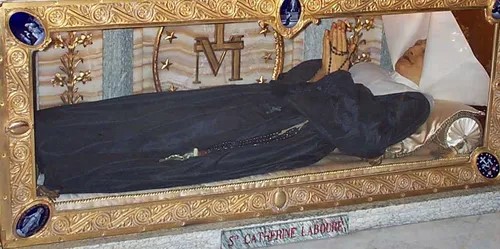
Sister Catherine told everything to her confessor, who told her to forget those imaginations, but he himself went to Monsignor De Quélen, Archbishop of Paris, to talk about it. Circumstances were so difficult that the Virgin Mary herself had commented to Sister Catherine that “these are bad times.” Anti-clericalism was rampant, the government was powerless to stop the revolutionaries from persecuting Catholics, and the Archbishop of Paris governed his diocese in hiding. Above all, from the view point of the Archbishop, it did matter that the medal was a clear statement on the Immaculate Conception of Mary, because the Church was debating at that time whether the moment was fit to proclaim this dogma. It wasn’t until 24 years later, on December 8, 1854, that Pope Pius IX proclaimed the dogma of the Immaculate Conception. Archbishop De Quélen understood everything that was at stake, but he authorized the minting of the medal.
So many miracles happened that people began to call it the “miraculous medal”. The expansion was amazing. In just a few years, thousands, hundreds of thousands, millions, billions of medals were minted all over the world. For example, during the carnival of 1832, a terrible cholera epidemic caused panic in France: in just a few hours, 20,000 people died. Rationalist medicine was powerless, but the Daughters of Charity continued to care for the sick, without fear of entering the poorest shanties or fear of contagion. All those who received the “miraculous medal” were saved and many of them converted. The Daughters of Charity themselves, constantly in contact with the most seriously ill, were unscathed by the epidemic: not a single Daughter of Charity was infected!
Sister Catherine lived a very simple life, without attracting attention, in a hospice of the Daughters of Charity dedicated to serving the poor, the homeless or those injured in the revolution and the wars. It was only when she died that the sisters who lived with her brought to the public some of the episodes of her life.
They took her body to the chapel in the rue du Bac. Pope Pius XII canonized her in 1947.
In his recent Encyclical on the Sacred Heart of Jesus and the Immaculate Heart of Mary, Pope Francis quotes extensively St. Vincent de Paul, founder of the Daughters of Charity. In addition, it is the anniversary of the main apparition to St. Catherine Labouré, on November 27, and we are just a few days away from the great feast of December 8, the Solemnity of the Immaculate Conception of Our Lady. Plenty of reasons to remember this story of the medal requested by Our Lady.

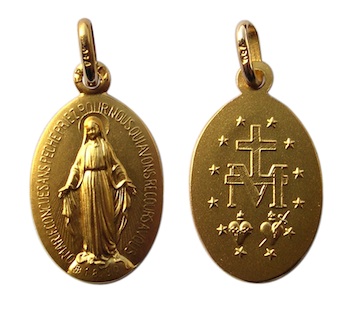
 Follow
Follow
